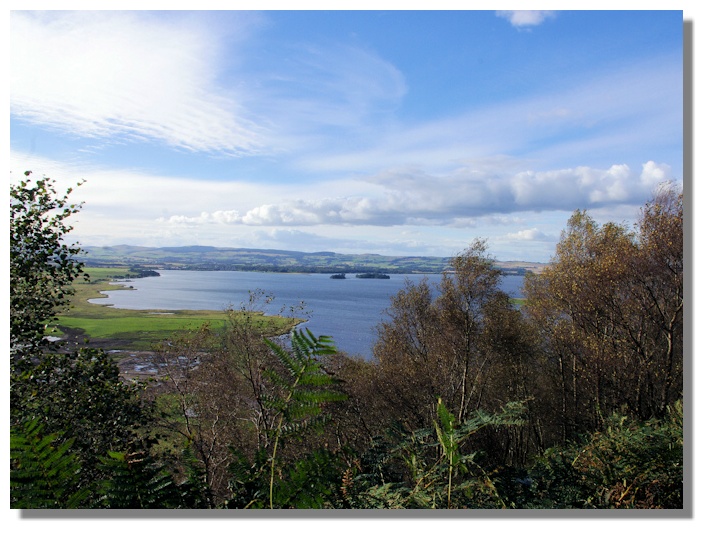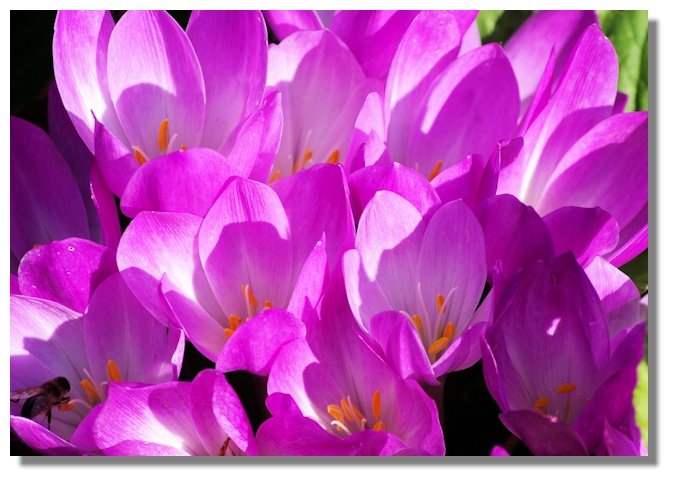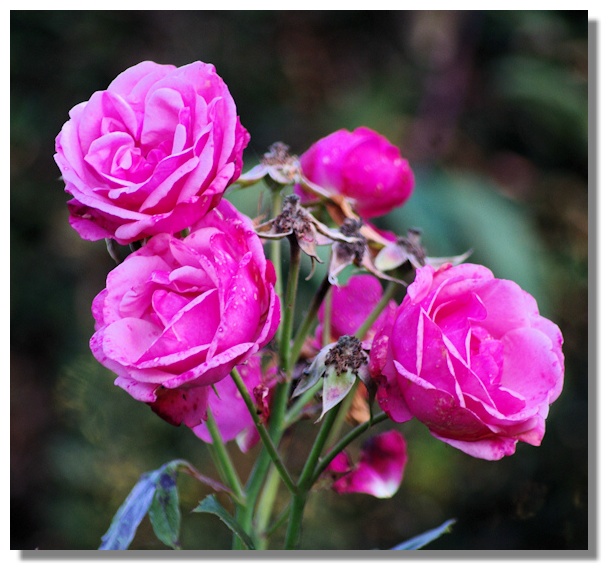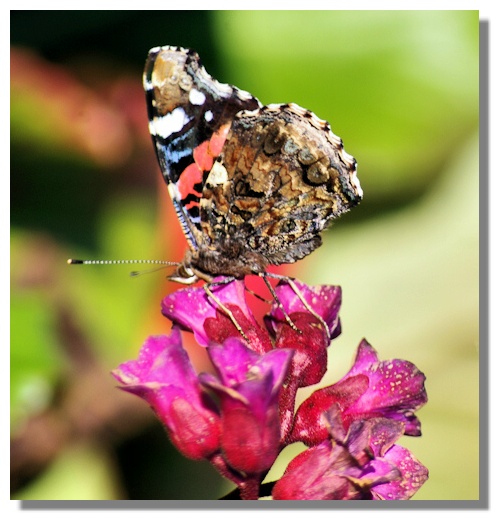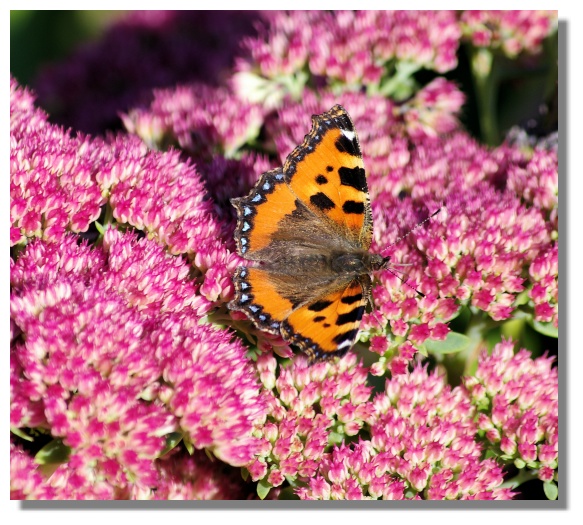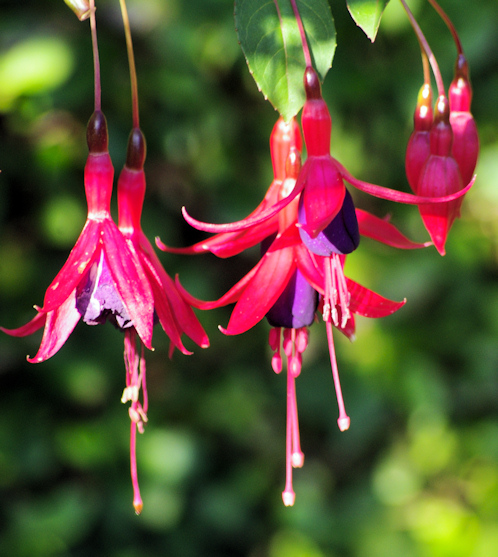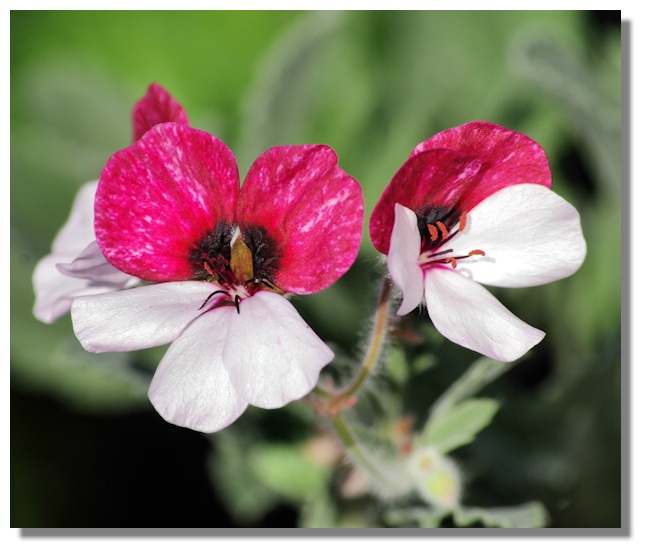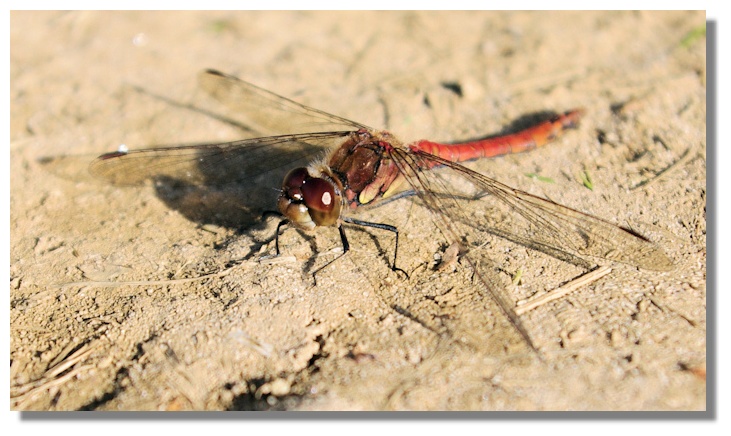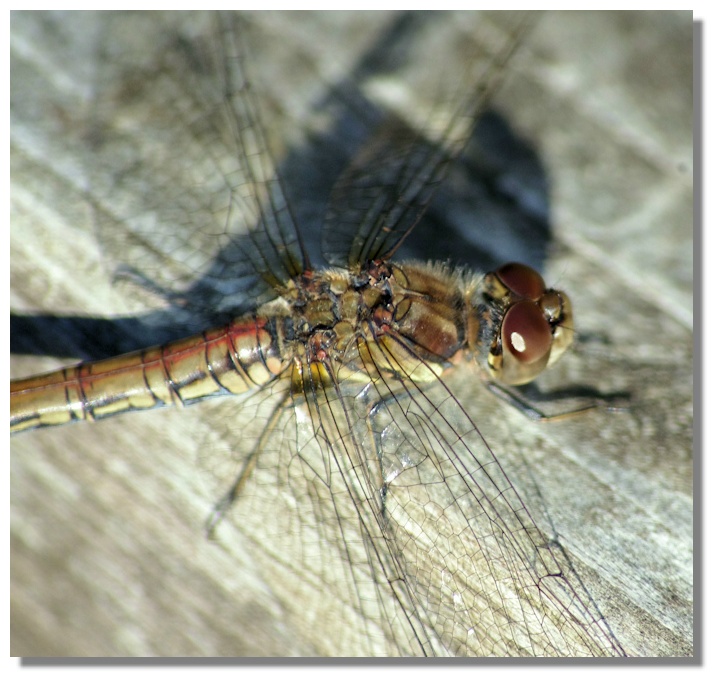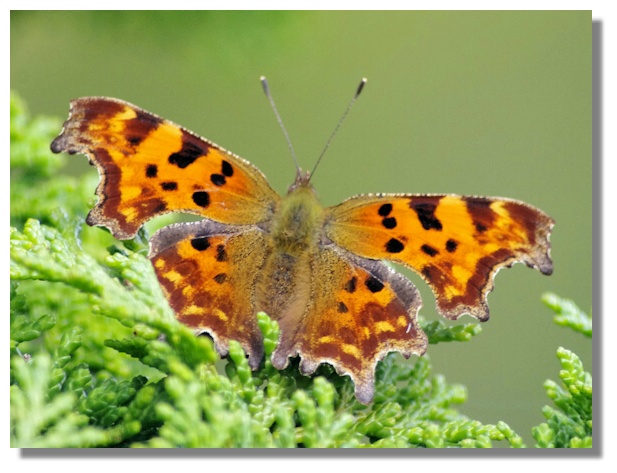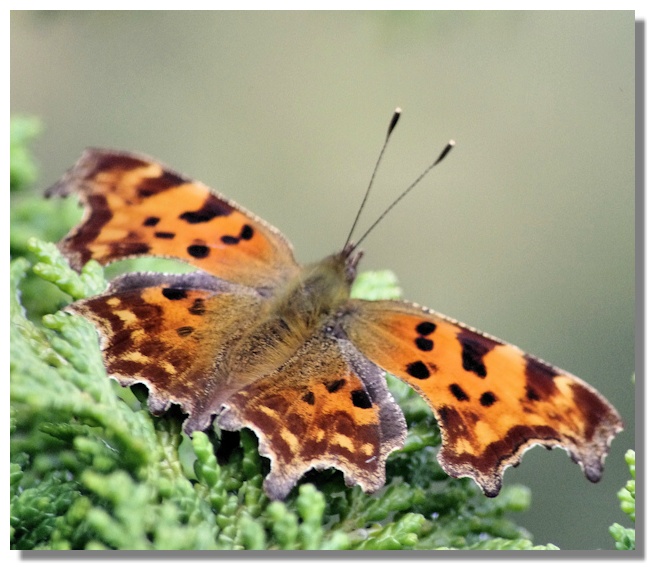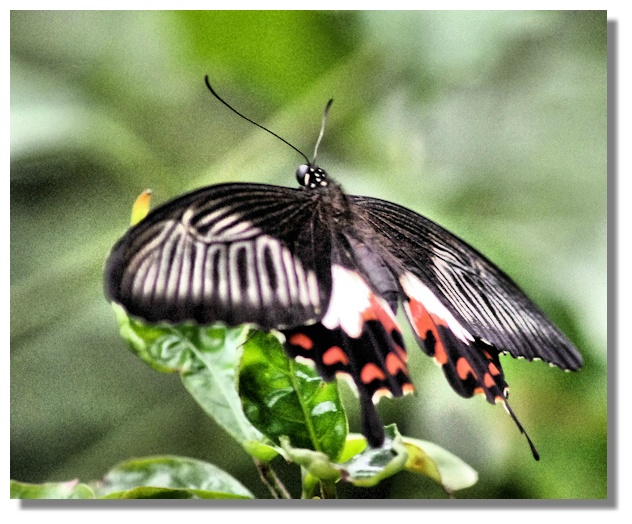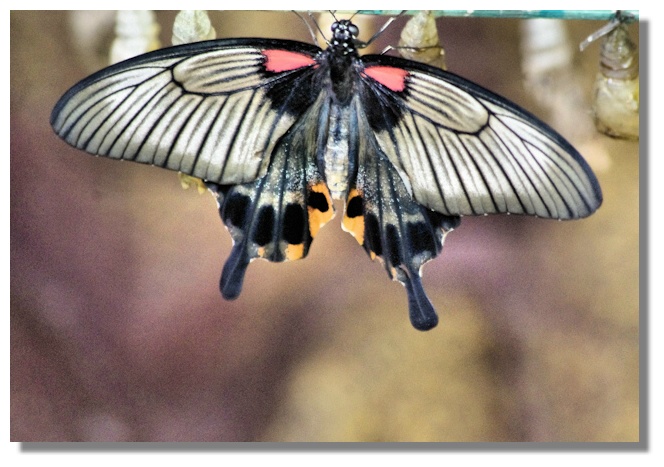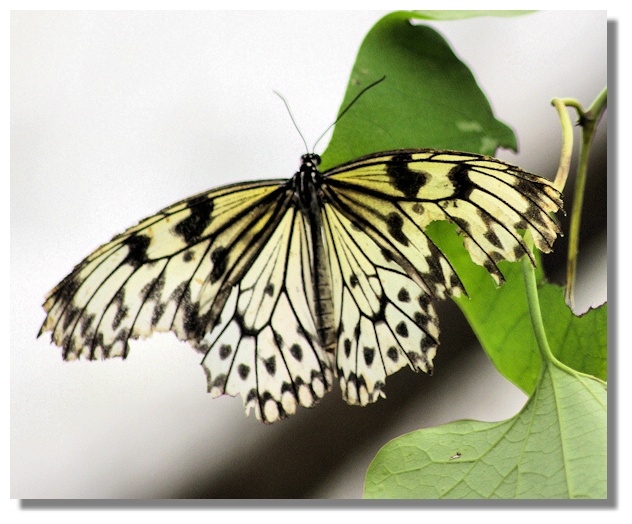Scottie's Monthly Photo Diary
- September 2011
Background
I never go anywhere in Scotland without my camera and I take photographs wherever I go. Sometimes I go somewhere specifically to take photographs with a view to adding another page to the Rampant Scotland site. On other occasions I just see something that makes an attractive picture or else it's another graphic to add to the library to perhaps use on a future occasion. This is a selection of the best photographs I took in the second half of May 2011 with a commentary on each one. It thus forms a pictorial diary of my travels during the month which can be shared by everyone! There's also a link to a slide show of the pictures on YouTube.
Greenbank Gardens, East Renfrewshire
September has proved to be about as much of a wash-out as the other summer months this year. But Friday of this week did turn out mild and sunny so we headed off for Greenbank Gardens, south of Glasgow. Temperatures got up to the low 70s Fahrenheit that day in Glasgow (though in the south of England they were basking in some of the warmest weather across Europe and on 1 October England broke the record for the warmest October day reaching 85.2f or 29.5C) But the warmth didn't bring out the crocus bulbs - these are Colchicums commonly called "autumn crocus" (or "naked ladies"). They normally flower from September to October.
Although many of the roses are well past their best, it's still nice to see them still flowering at this time of year!
The warm weather brought out a number of butterflies that had been sheltering from the earlier cold and rain. We spotted five Red Admirals and competition for the limited number of flowers was quite fierce at times! This Red admiral was feeding on some Bergenia flowers.
This Small Tortoiseshell butterfly preferred the Sedum "Autumn Joy". Both the Red Admiral and the Small Tortoiseshell can hibernate in Scotland over the winter. Their dark undersides, visible when the wings are folded, provides good camouflage in dark corners.
The first Fuchsia was discovered on the Caribbean island of Hispaniola (present day Dominican Republic and Haiti) in 1703 by a French monk and botanist. He named the new genus after the renowned German botanist Leonhart Fuchs. The majority of the 110 recognised fuchsia species are native to Central and South America.
The label on the plant pot in the greenhouse named this flower as "Pelargonium Splendide" and it is indeed splendid! Pelargonium is commonly known as scented geraniums or storksbills.
Vane Farm, Loch Leven
I've visited the Royal Society for the Protection of Birds (RSPB) reserve at Vane Farm, Loch Leven on many occasions but previously had never climbed the steep hill behind the visitor centre. On this occasion I set out to see how far I could get - topping on the way to photograph the view at various points as well as the many dragonflies that were settled on the pathway. I didn't quite reach the top but even so managed to get this fine view of Loch Leven. Loch Leven castle, where Mary Queen of Scots was imprisoned from 17 June 1567 until her escape on 2 May 1568.
The reddish colouring of this dragonfly indicates that it is a mature male Common Darter, one of the most common dragonflies in Europe. They are territorial, often attempting to chase much bigger Dragonflies away. They have a habit of repeatedly returning to a sunny spot which allows you to easily predict where they are going to land, which is why it is one of the easiest dragonflies to photograph.
This Common Darter allowed me to get quite near for this photograph - and yes, I was trying to create a scary photograph!
Drumpellier Country Park, North Lanarkshire
This year, the Butterfly Conservation Society has been running a special Web site where anyone who has seen a Comma butterfly in the UK can record their sightings. This butterfly was extinct in Scotland for many years but, perhaps due to the overall higher summer temperatures, it has been seen in increasing numbers here since 2004. Many of the sightings have been in the eastern side of the country but some have been spotted in North Lanarkshire - I've personally seen Commas at Drumpellier Country Park in North Lanarkshire at exactly this time of year in 2008, 2010 and now 2011.
The Comma is so named because it has a white marking on its otherwise dark underwings which resembles a comma. The Comma's scalloped, ragged wings with black marks on an orange-black background make it a most attractive butterfly.
Butterfly and Insect World, Lasswade, Midlothian
The Butterfly and Insect World near Lasswade, is on the periphery of Edinburgh and it breeds a large variety of these beautiful insects. You can see the larvae in their cocoons as well as a multitude of butterflies fluttering around the trees and vegetation. The picture here is of a Common Mormon.
This is Low's Swallowtail Butterfly, one of many to be seen at the Butterfly and Insect World. Following previous visits there I created a page on this visitor attraction in the "Places to Visit" section of Rampant Scotland - see Places to Visit - Edinburgh Butterfly and Insect World
The Malabar Tree Nymph (Idea malabarica) is a large butterfly found in peninsular India. It is normally found in forest clearings and above the forest canopy. Their flight is slow, weak and fluttery. They glide a lot, giving members of this genus the other name of "Paperkite."
If you want to read the other Diary entries going back to 2009, there is an Index page.
